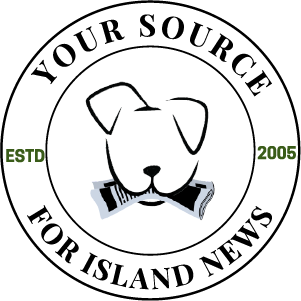How to Protect and Conserve Sea Turtles: Guidelines for Beachgoers
Our sea island coast offers an enchanting nesting ground for numerous species, with sea turtles being among the most significant. Sea turtles serve as keystone species, playing a crucial role in maintaining the ecosystem of the ocean. Along the protected dunes and coast of Charleston, four species of sea turtles thrive: the Loggerhead Sea Turtle, Atlantic Green Sea Turtle, Hawksbill Sea Turtle, and Kemp's Ridley Sea Turtle. Each of these turtle species is classified as endangered or threatened, enjoying protection under the Endangered Species Act as well as local and statewide laws. The Endangered Species Act of 1973 aims to safeguard and conserve endangered and threatened species and their habitats.
Sea turtles, as adults, display a remarkable behavior known as natal homing, where they return to their hatching grounds to lay their own eggs and nest. It is within 5 to 35 miles of their hatching site that sea turtles choose to nest. These intelligent creatures possess the ability to detect the Earth's magnetic field, aiding them throughout their lives. Consequently, the coast of South Carolina becomes home to multiple generations of sea turtles, fostering an intimate relationship between the local ecosystem and wildlife.
Charleston, South Carolina is exceptionally fortunate to serve as the nesting ground for four out of the planet's seven sea turtle species. From May to October, sea turtles grace our shores, engaging in this awe-inspiring natural wonder. Each species has its unique nesting season, with Kemp's Ridley (Lepidochelys kempii) nesting from May to July. The Kemp's Ridley species boasts an incubation period of 45 to 58 days and typically lays an average of 110 eggs. Meanwhile, the Green Sea Turtle has a slightly longer incubation period ranging from 53 to 81 days, and the average egg count is 135. Residing in a town blessed with such beautiful and diverse wildlife is a privilege that carries a responsibility for all who share this space.
Nesting season and tourism coincide from May through October. To ensure that both locals and visitors alike respect the wildlife, there are simple guidelines that all beachgoers can follow to aid in the protection and conservation of these endangered species.
Keep off the dunes.
First and foremost, it is crucial to stay off the dunes. Sea turtles nest on the lower dunes, which provide habitat for various wildlife. Dunes serve as a natural defense against storms and flooding. Each nesting ground is appropriately marked to prevent the general public from interfering with these sites.
Clean up after yourself.
When leaving the beach, there should be no trace of your presence. Take all belongings and garbage with you. Sea turtles can mistake trash for food, and hatchlings can become entangled in debris while making their way to the water, leading to fatal consequences.
Lights Out.
Hatchlings rely on the moon's light to guide them to the water. In densely populated coastal areas, light pollution can disorient nesting sea turtles and their hatchlings. Please refrain from using flashlights, phone lights, and other artificial lights on the beach. Even bonfires, pool lights, and landscape lighting can confuse hatchlings. For those residing or staying in beachfront properties, please be mindful of outdoor lights during these months.
Do not handle or interfere with wildlife.
If fortunate enough to catch a glimpse of a sea turtle or come across a hatchling, please refrain from approaching or touching them. Although sea turtles and hatchlings are undeniably adorable, encroaching on their territory and nests can have environmental and legal consequences.
For those interested in learning more about the sea turtles that inhabit our coast, the South Carolina Aquarium, located in the heart of downtown Charleston, offers an excellent opportunity. The South Carolina Aquarium Sea Turtle Care Center has dedicated 21 years to protecting sea turtles. Moreover, the McNair Center for Sea Turtle Conservation and Research, an in-house research facility program, is also located there.
To learn more about our Local Sea Turtles, visit this link.





